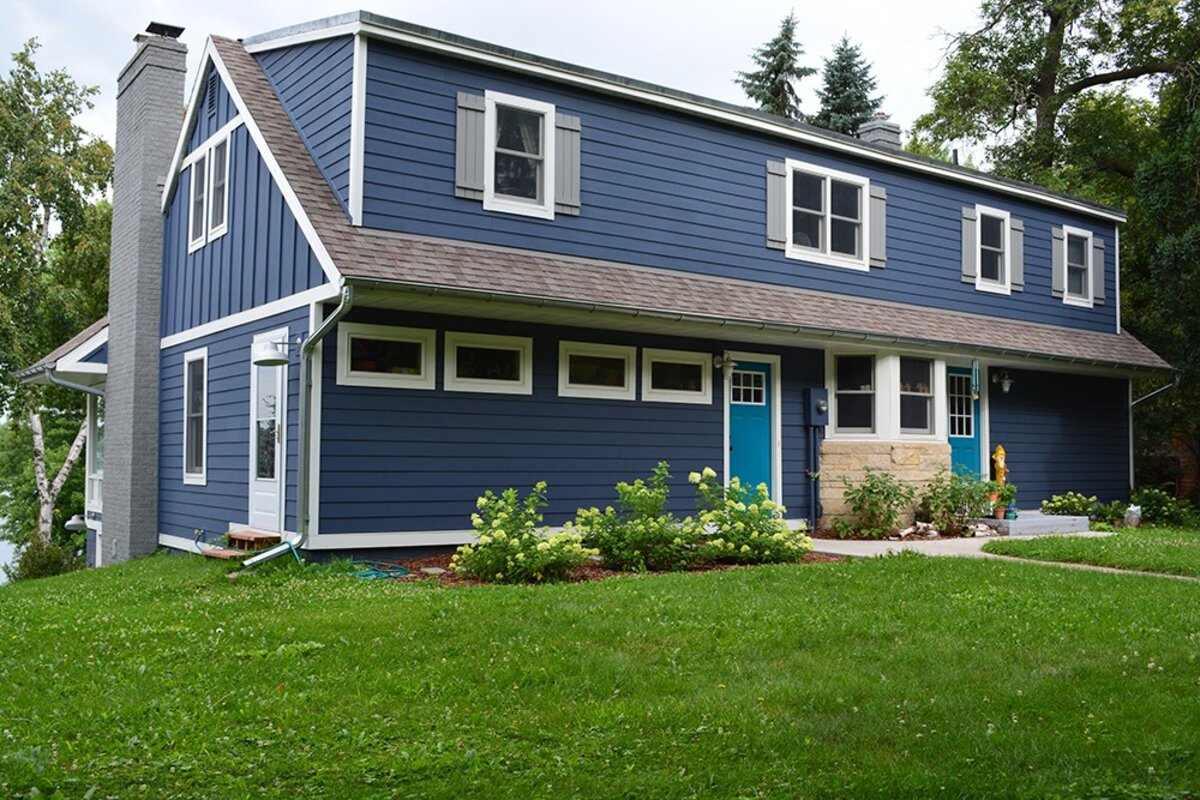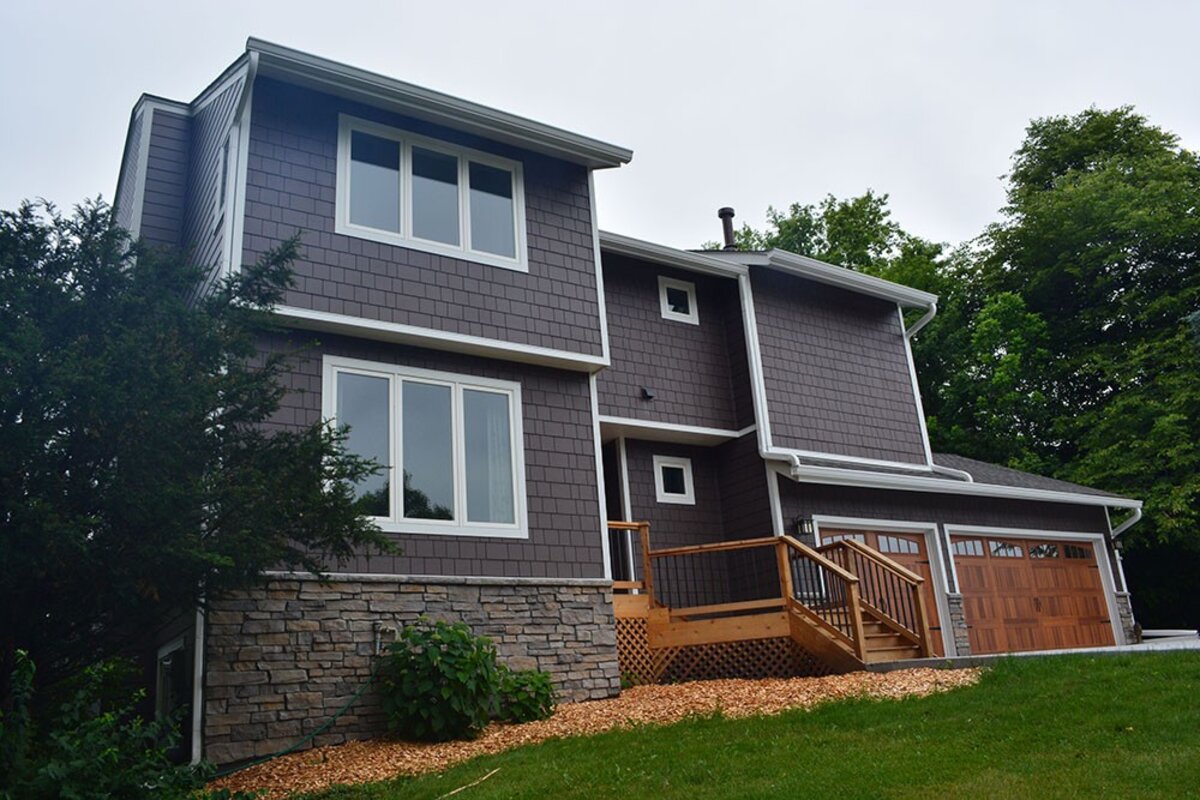Ready to update your home with new siding but unsure about how much you need? Calculating the right amount of siding is crucial for both the looks and protection of your home. Let’s dive into how you can figure out exactly what you need, so you can budget wisely and avoid the headache of running short or overbuying.
Understanding Siding Measurements
What exactly is a “square” of siding? This is a key term in the siding industry, referring to a measurement unit. One square of siding covers 100 square feet. This standardized measurement helps simplify the calculation process for homeowners and contractors alike.
Step-by-Step Measurement Guide
Calculating the amount of siding involves several steps that ensure precision:
- Measure the Exterior Walls: Determine the height and width of each wall that will receive siding and multiply these numbers to get the square footage.
- Exclude Windows and Doors: Calculate the total area of all windows and doors on these walls and subtract it from the total wall area, as these spaces won’t need siding.
- Include Waste Material: Add an additional 10% to 15% of material to cover waste, which is common during cutting and installation phases.
Choosing the Right Siding Material
The type of siding you choose can affect the amount you need due to different widths and exposure:
- Vinyl Siding: Popular for its durability and ease of maintenance, vinyl siding is often purchased by the square. Most home improvement stores detail that one square of vinyl siding typically covers about 100 square feet.
- Cedar Shingles: Known for their aesthetic appeal and natural resistance to decay, cedar shingles provide a classic look. They’re also measured per square, covering roughly 100 square feet.
- Fiber Cement Siding: This option offers the look of masonry or wood but is more durable and resistant to fire, pests, and weather. Like others, it typically comes in units that cover 100 square feet per square.
Special Considerations
- Local Climate: Choose siding materials suited to your local climate conditions. For example, vinyl siding is versatile but may warp in extreme heat unless specifically designed to resist such conditions.
- Architectural Style: The complexity of your home’s architecture can increase the amount of siding needed due to cut-offs and fitting requirements.
- Professional Installation: Proper installation is crucial for preventing issues like buckling, gaps, and water infiltration. It’s important to ensure that the siding is correctly measured, cut, and installed.
Why Consult with a Craftsman’s Choice?
While DIY projects are tempting, the complexity of siding installation is often best handled by professionals. Consulting with experienced service providers like Craftsman’s Choice ensures that your measurements are accurate and the installation is executed properly, thus extending the lifespan and beauty of your siding.
In Summary
To effectively determine how much siding you need, consider the total area to be covered, subtract the spaces not to be sided, and add extra for waste. Always round up to ensure you have enough material. Professional consultation can make a significant difference in the success of your project.
If you have any questions or need expert advice, don’t hesitate to contact a professional siding installation service.




















